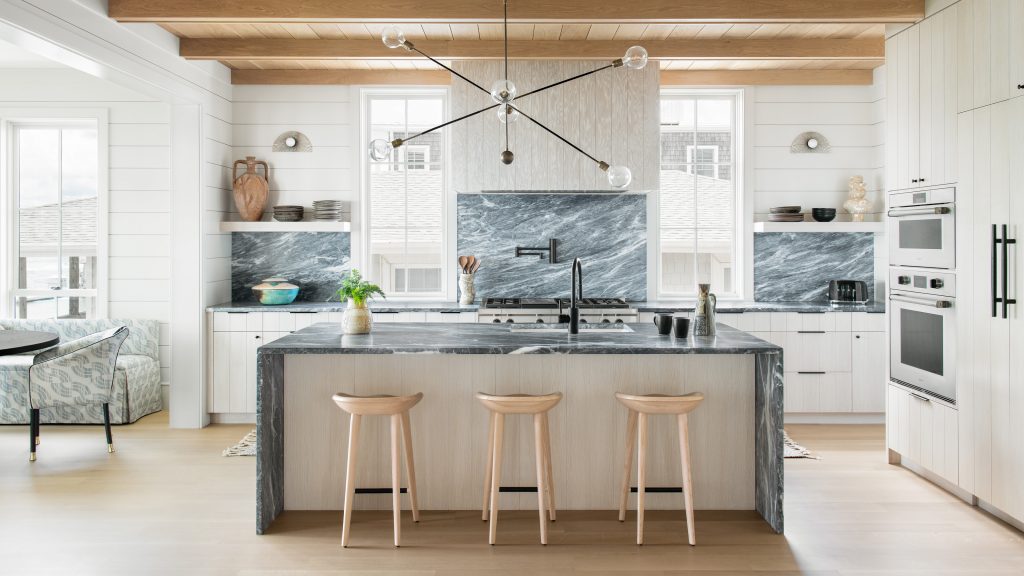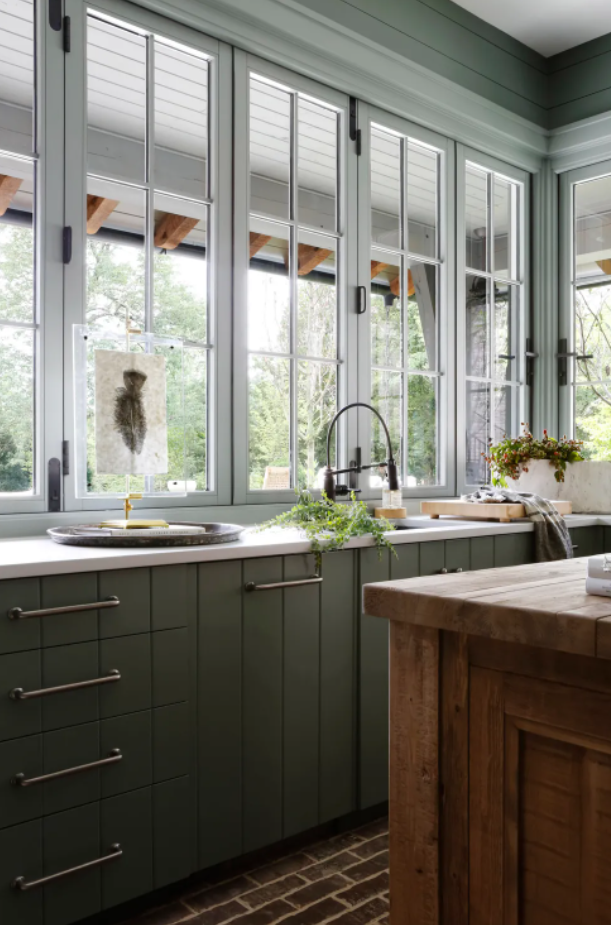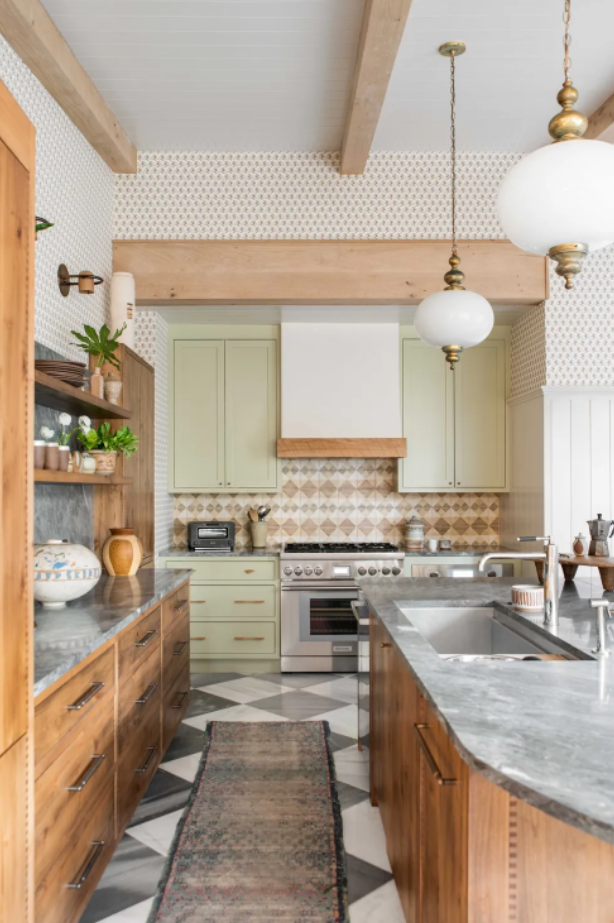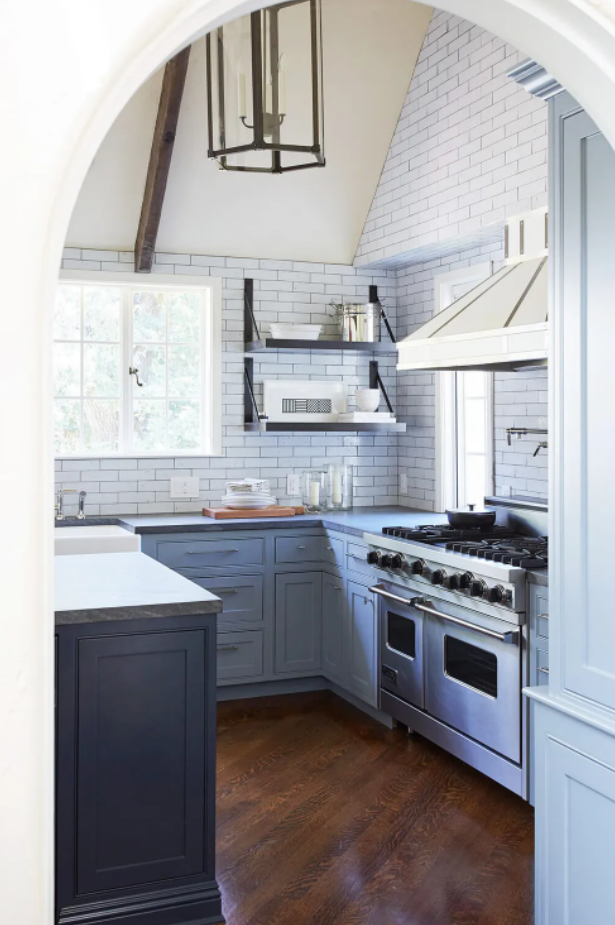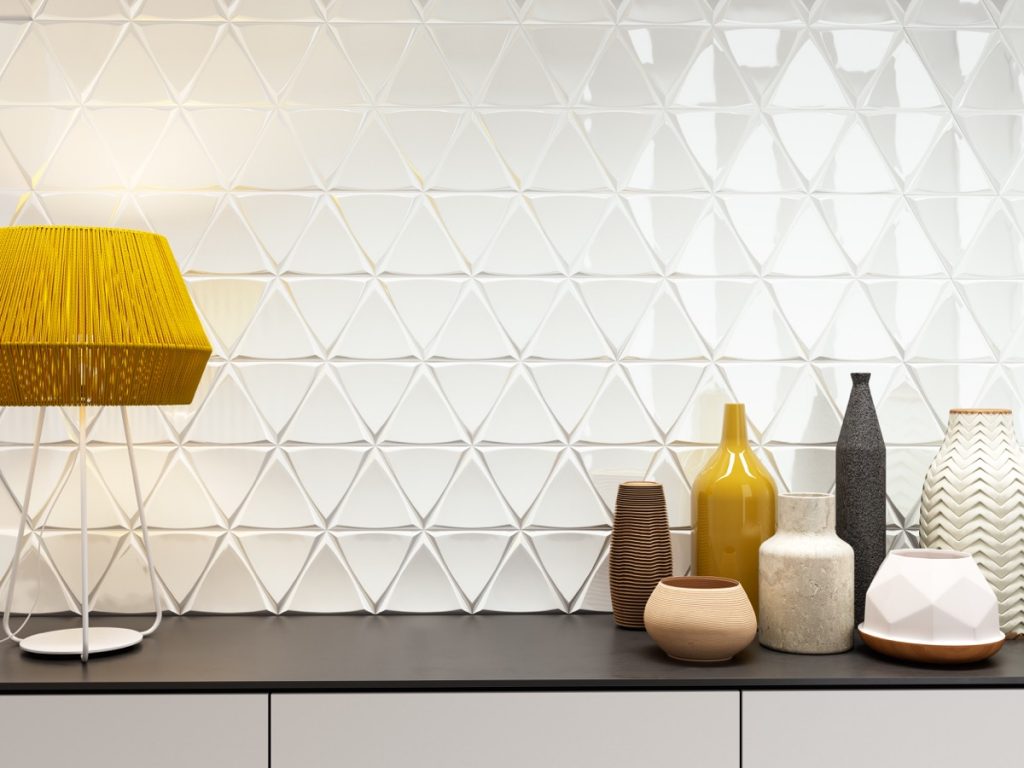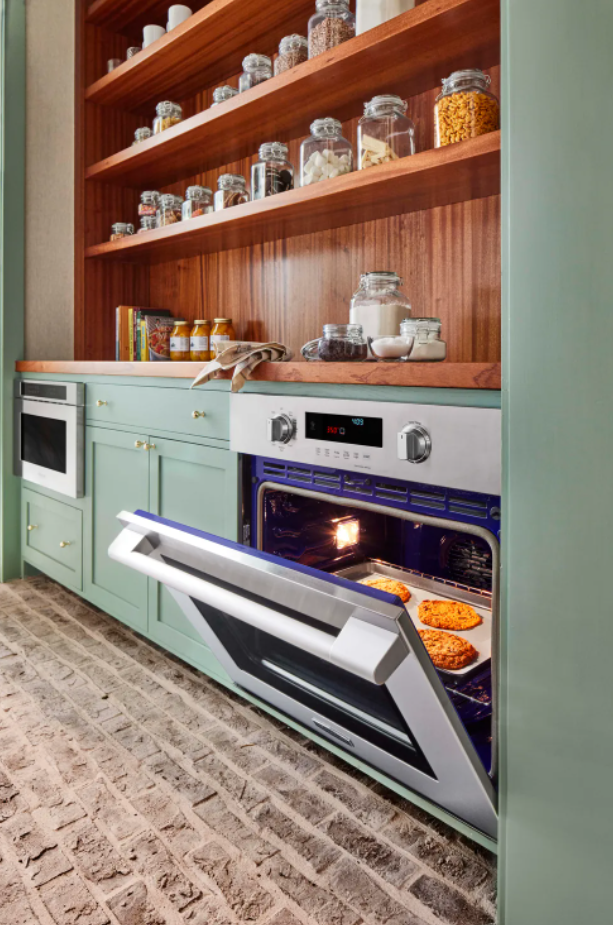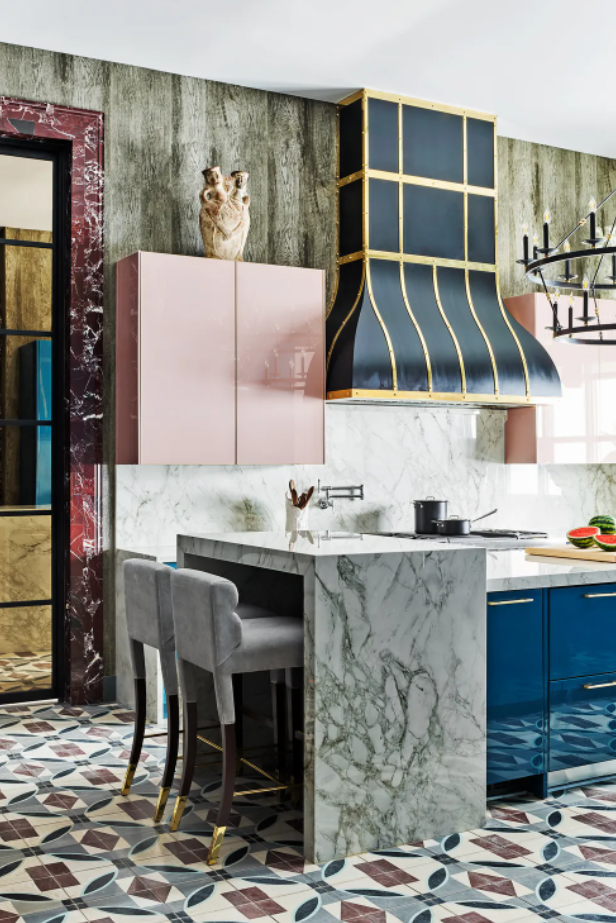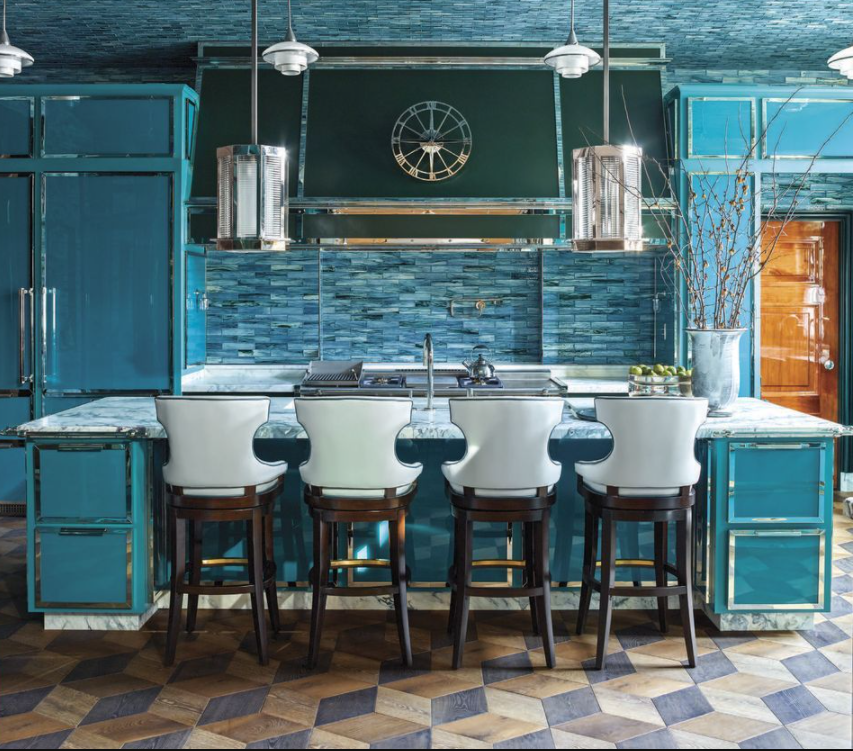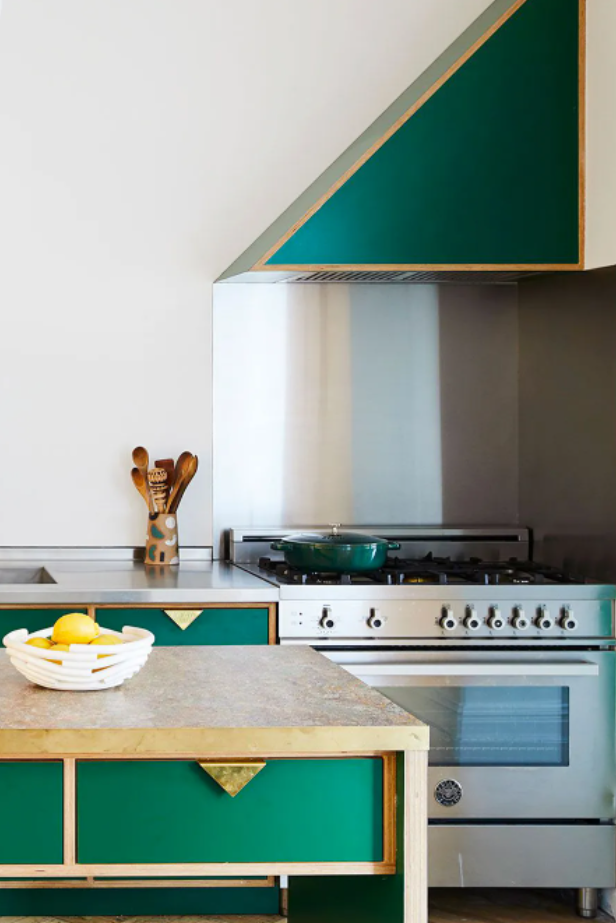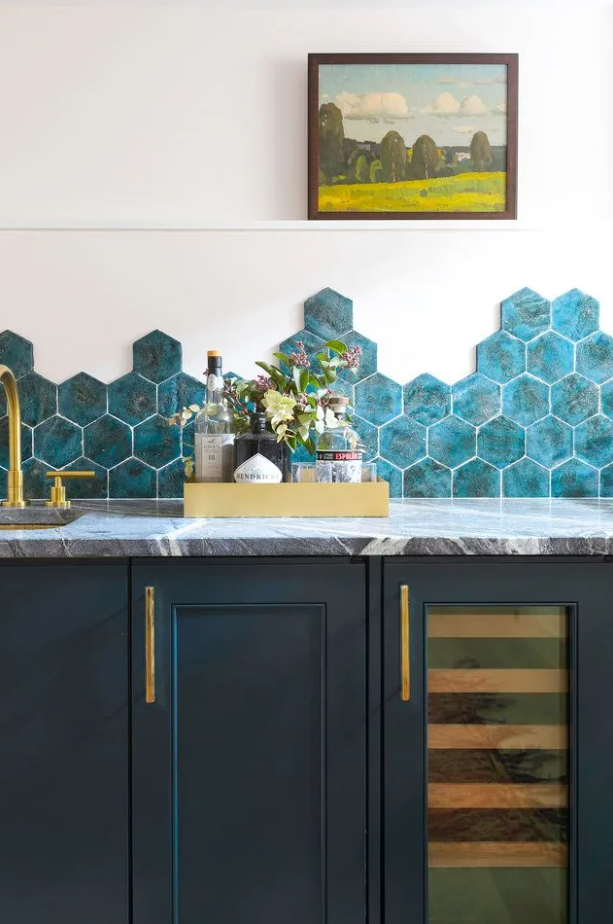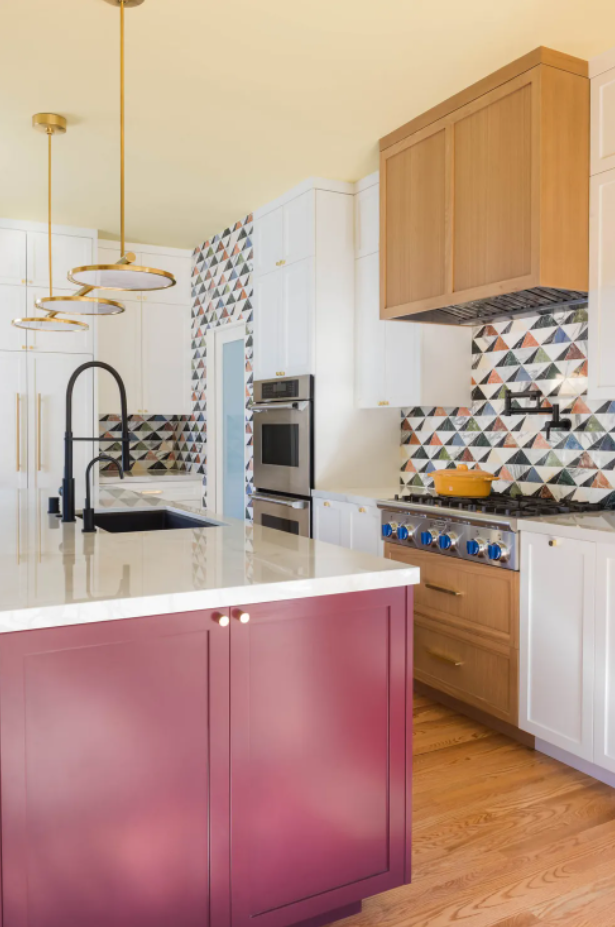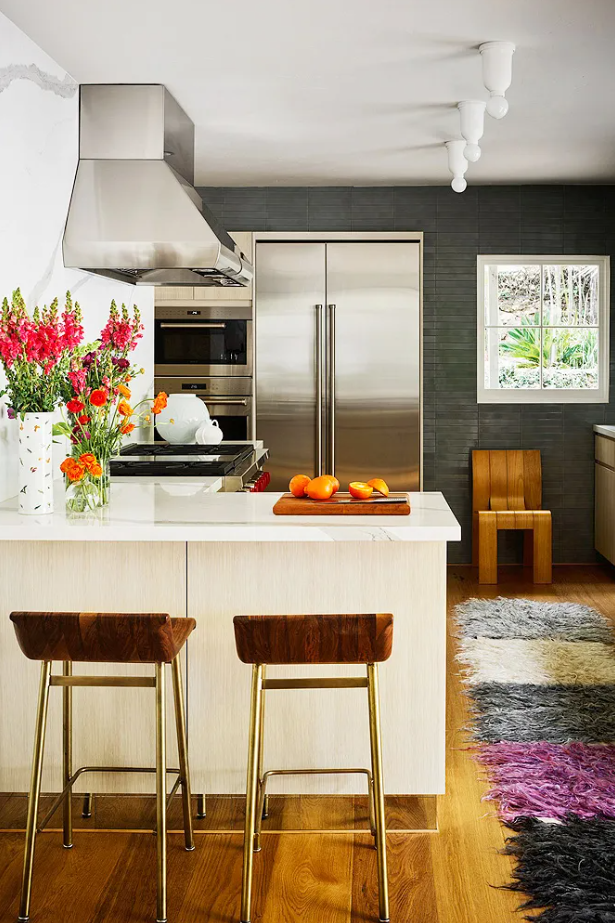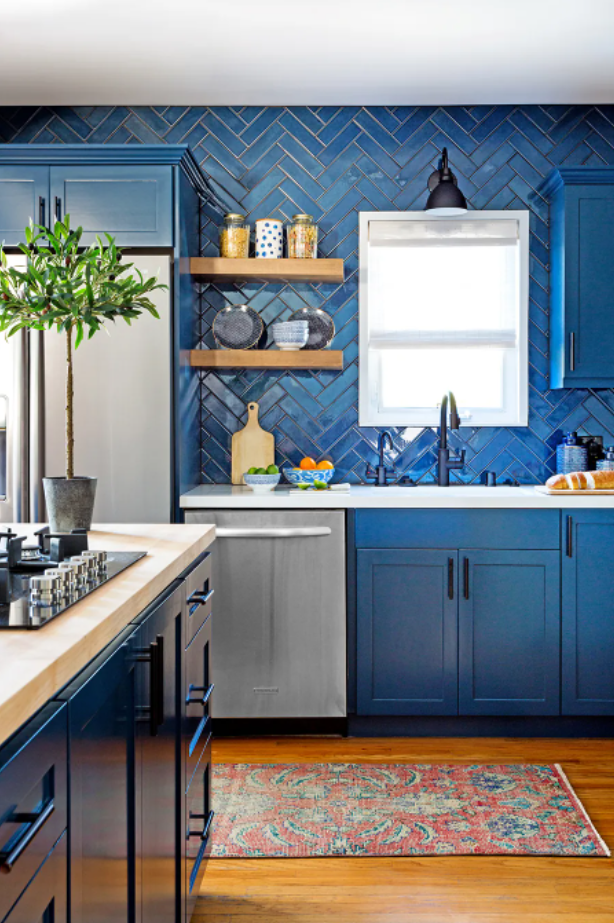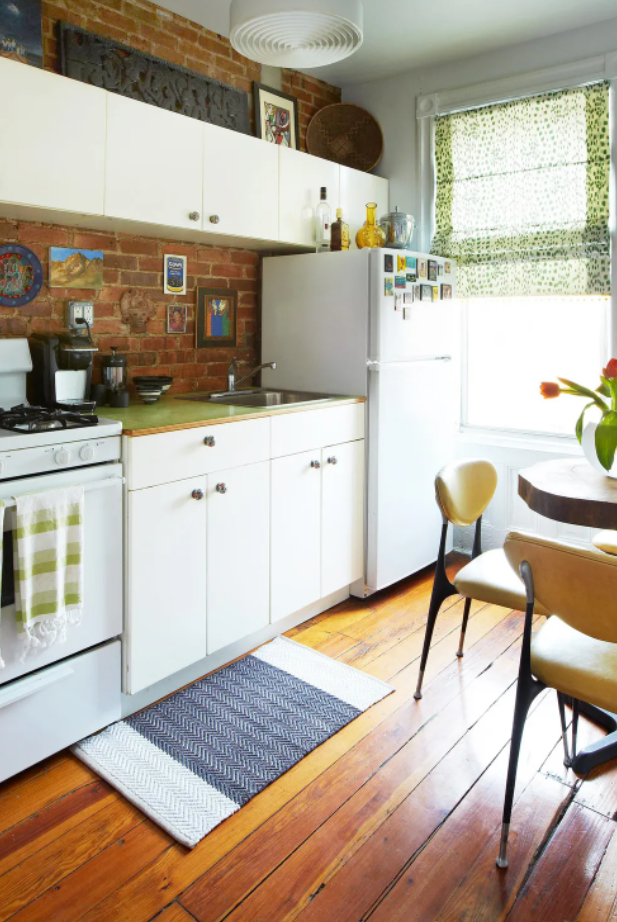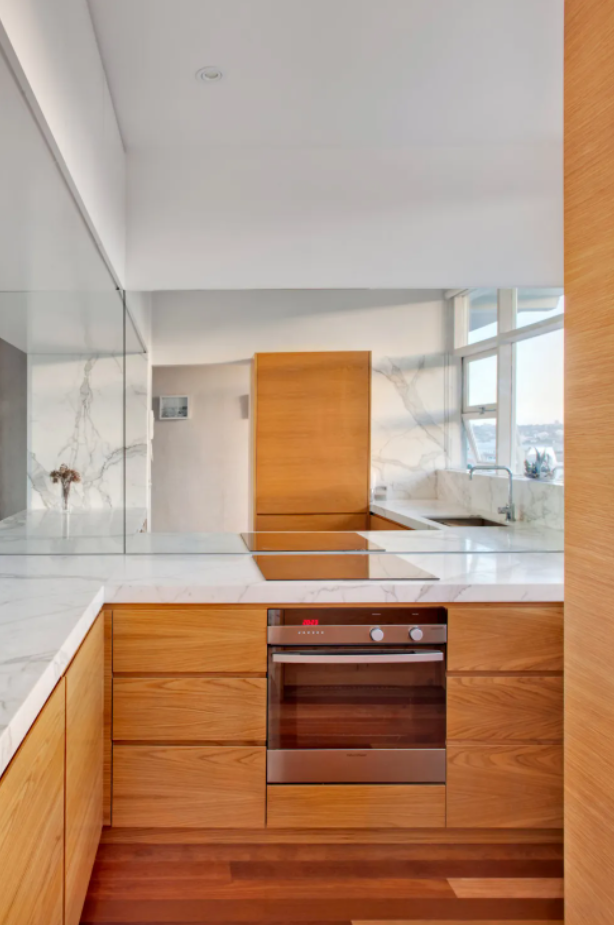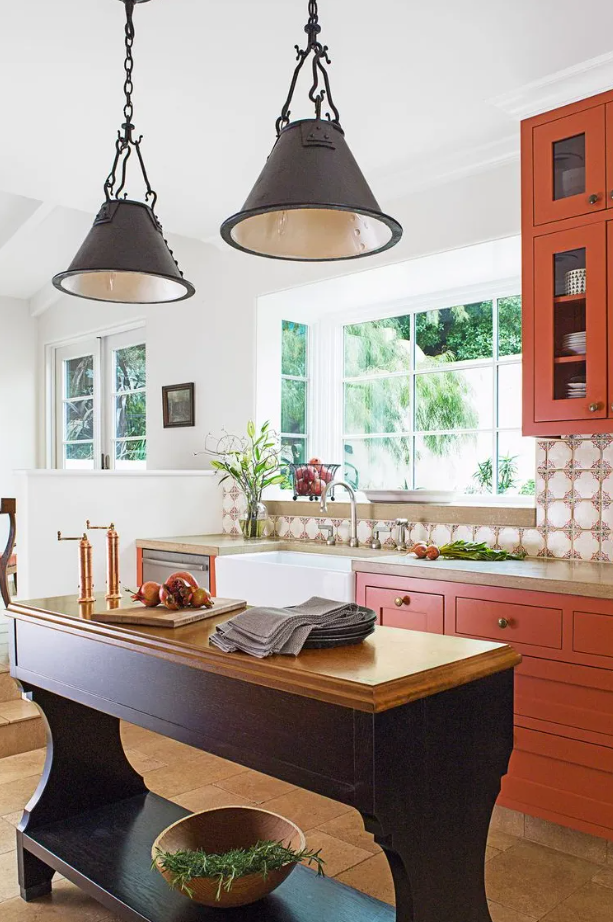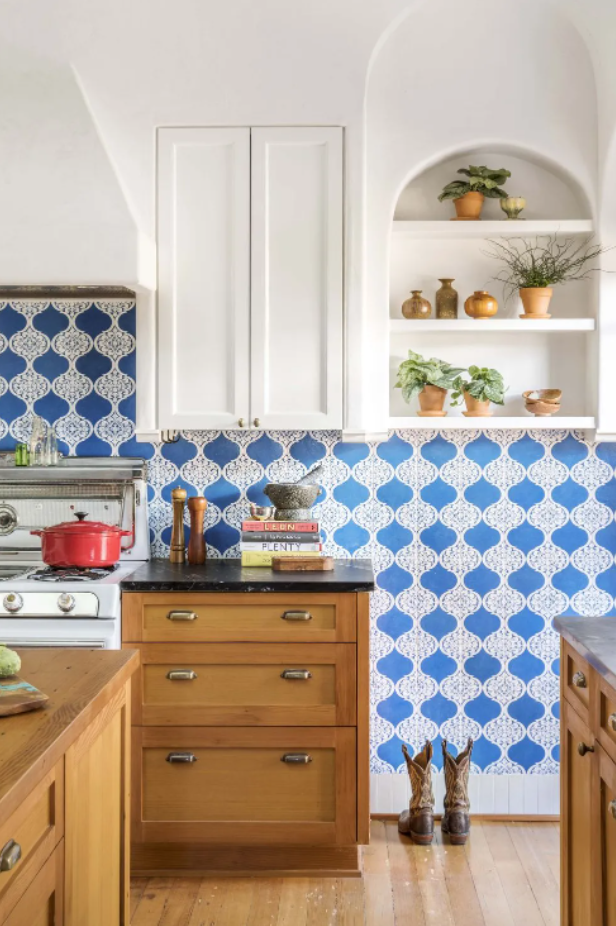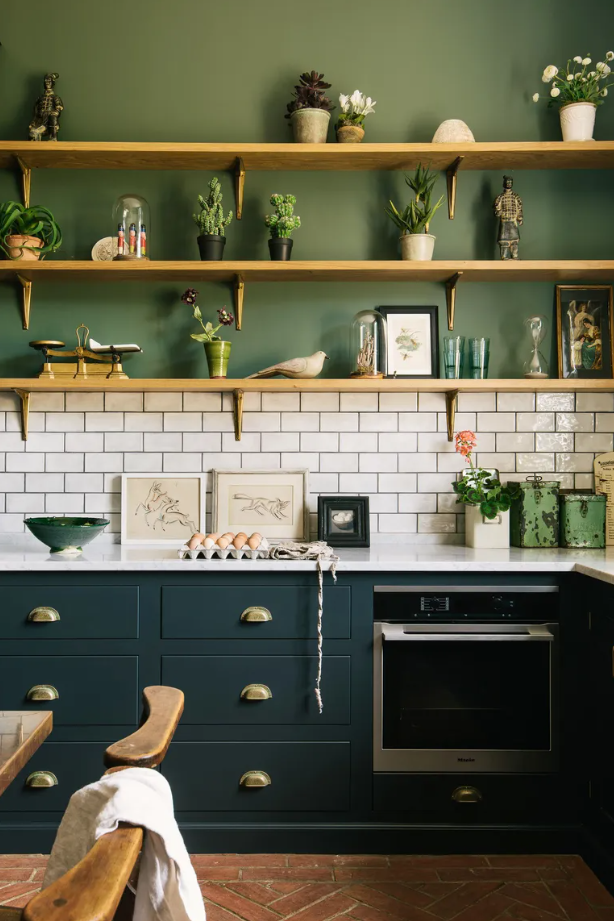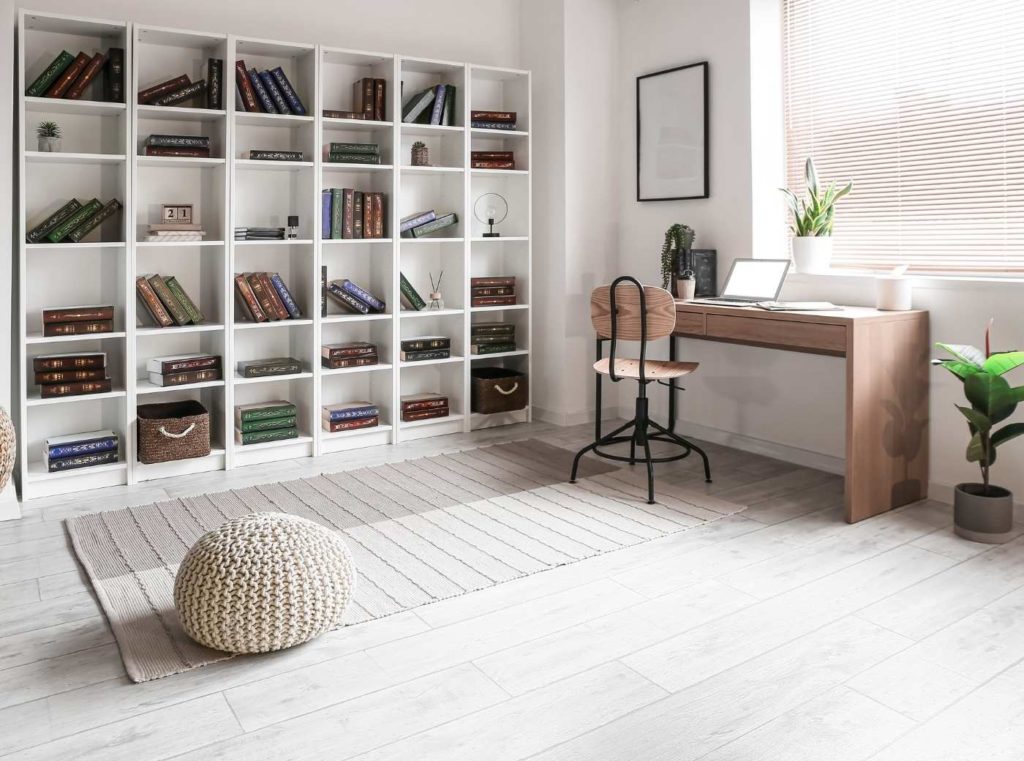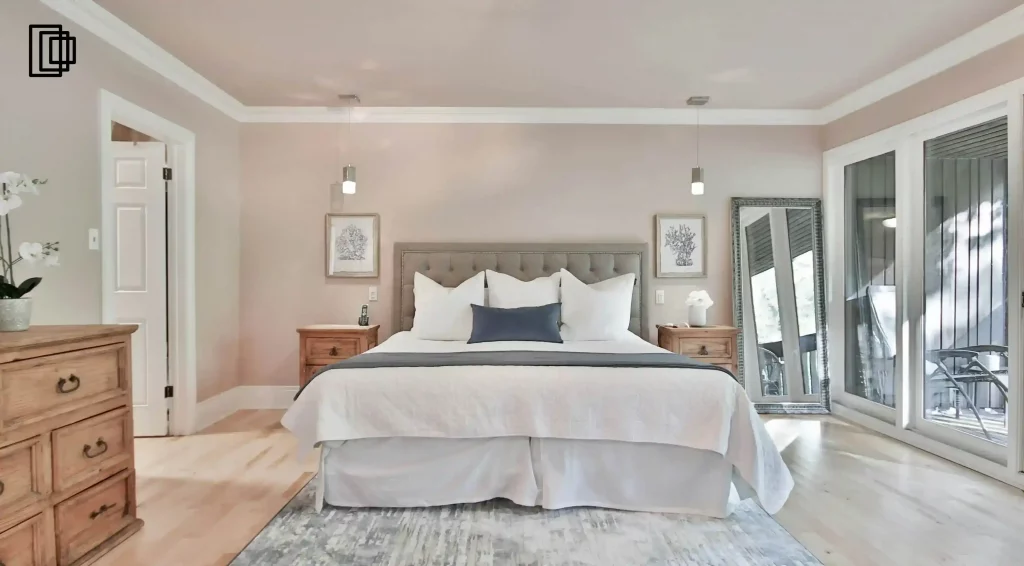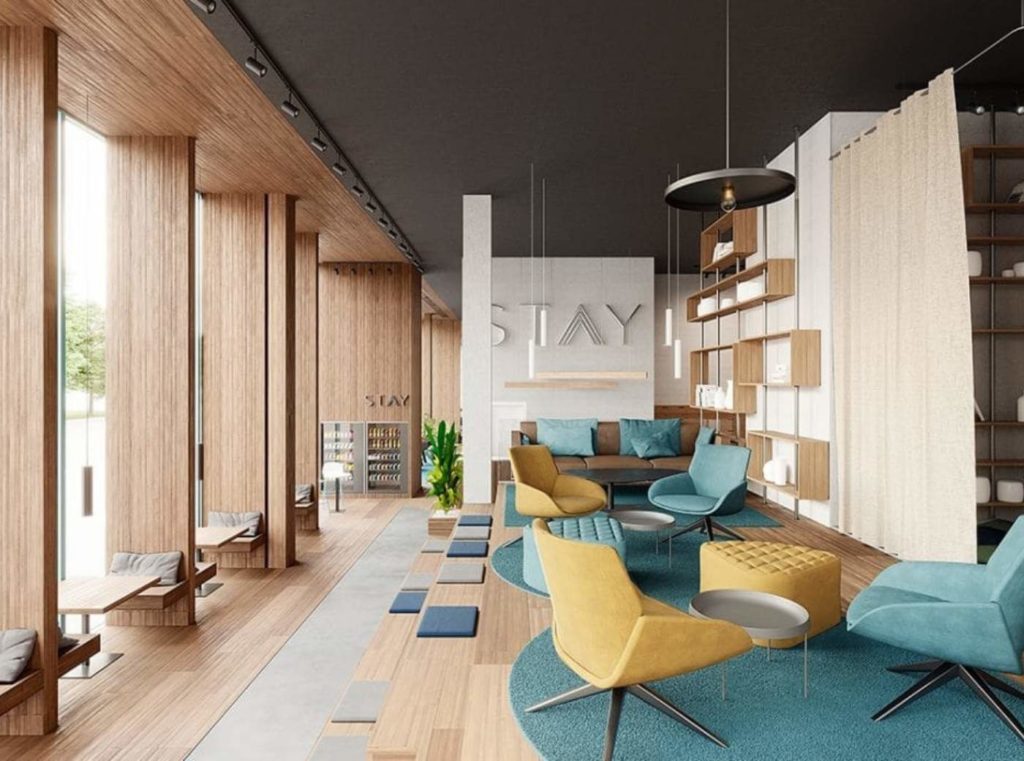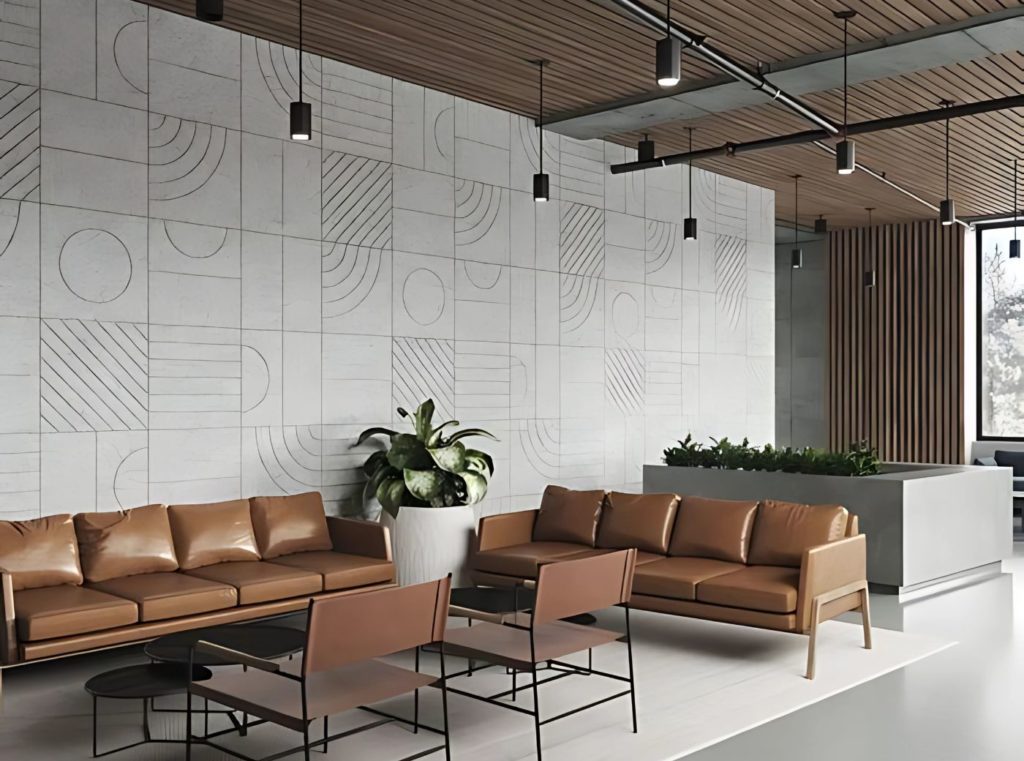Kitchen Backsplash Ideas
While kitchen backsplashes help interior designers give the kitchen an interesting vibe, they are also highly functional. Typically, most kitchens require a backsplash because of splashes of grease, water, oil, and other elements that are generally splashed around during the cooking process.
These can easily damage the kitchen wall, and therefore, a backsplash acts as a protective covering to the wall. Interior designers use materials that can be easily cleaned and are highly durable to create kitchen backsplashes.
Read also – 80+ Beautiful Modern Kitchen Design Ideas
What is Kitchen Backsplash?
Backsplashes are standard in kitchens; interior designers often use an expanse of material to fill in the gaps of a kitchen or a bathroom wall, typically those between countertops and cabinets, across the length of the countertop. Kitchen backsplashes are highly functional and add a bit of aesthetic to the kitchen.
The main purpose is to protect the wall behind the sink from the splashes of water that could inadvertently damage it. In many kitchens, interior designers use backsplash walls in other parts of the kitchen as well, other than behind the sink area.
Whether you like a clean white kitchen, paneling, or want to use a focal point of your kitchens such as the island or cabinetry to design the backsplash, get your DIY gloves on to get your modern kitchen underway.
Read also – How To Design A Kitchen?
Types of Kitchen Backsplash Materials
Whether you’re looking to create a farmhouse kitchen, a kitchen with a herringbone pattern, or install a mosaic backsplash, the first thing you need to look at is choosing the right materials. A popular choice when it comes to tile ideas or design ideas for kitchen backsplash options is using different colors or a unique color scheme to remodel the kitchen.
As we’ve already established, the main purpose of a backsplash is to protect the wall covering behind it, from grease, oil, water, and other materials that may be splashed around the kitchen and may cause damage to the walls.
Backsplashes are usually placed near cabinets, behind the sink, or on sidewalls along with the kitchen countertop. To ensure the primary function of the backsplash persists, most interior designers use a host of materials to create kitchen backsplashes. Some eye-catching kitchen backsplash materials are as follows:
- Ceramic tiles: These are not only affordable but also very easy to clean. They are highly durable and can be installed easily into any kitchen.
- Glass tiles: While glass tiles are more expensive than ceramic tiles, they are easy to clean and can also elevate the overall design element of your kitchen.
- Stone/Marble tiles: Slightly pricey, natural stone or marble tiles are added to give the kitchen a luxurious touch. However, they may crack or stain a little more easily than other materials.
- Wood: Wood is another popular kitchen backsplash material. Many interior designers use plywood or naturally reclaimed wood to give the kitchen a rustic backsplash design.
- Other Materials: Creatively speaking, interior designers have even been known to use materials like LED, mirrors, metallics, wallpapers, and industrial steel to install their kitchen backsplashes.
Read also – 6 Best Kitchen Layout Ideas for Small and Large Kitchen Design
Things to Consider While Choosing the Right Kitchen Backsplash
When choosing a kitchen backsplash, there are 4 main things that most experienced interior designers consider:
1. Budgets
Budgets matter tremendously when it comes to choosing the right kitchen backsplash. Before choosing a kitchen backsplash, it’s important to chalk out the available finances and then decide which materials are available in that budget.
Different budgets allow interior designers to choose different materials for the kitchen backsplash; for example, a natural stone or marble backsplash may be a lot more costly than a ceramic tile.
2. Cabinetry
Considering the cabinetry in the kitchen typically dominates the design element, it’s important to choose kitchen backsplash materials based on the cabinetry.
Based on the design of the cabinetry, interior designers choose where the backsplash starts and ends and whether it needs to be added under the shelves or have it run right up to the ceiling. Choose from open shelving to closed cabinets, keeping the backsplash in mind.
3. Flooring
It’s important to consider the design of the kitchen backsplash depending on the design of the flooring of the kitchen. For example, if the flooring already has a vibrant pattern, the kitchen backsplash may look better with an easier, neutral tone.
4. Area
Considering that the kitchen backsplash is actually a safety net that helps reduce the number of splashes and spills in the kitchen, it’s important for designers to choose the right material while keeping in mind the area.
If the backsplash area is smaller, one can go in for slightly more high maintenance requiring material, whereas if the backsplash area is relatively larger, it may be easier to choose a material that can easily be cleaned.
Read also – 20 Common Kitchen Design Mistakes To Avoid
20 Beautiful Kitchen Backsplash Ideas for Your Kitchen Designs
1. Glossy Tiles
Glossy tiles have a two-pronged function when installed as a kitchen backsplash; not only are they easy to clean, but they also mirror the surroundings, and the reflection gives the kitchen a larger illusion. Glossy tiles look fancy and can be used in a myriad of colors. Many interior designers even undertake full coverage with glossy tiles.
Read also – 6 Best Kitchen Decor Ideas To Design The Stunning Kitchen
Image Credit: hearstapps.com
2. Windows
If solid wall colors or tiles are not something you want, you can even use windows as your kitchen backsplash. Windows allow natural light to seep in and can even be installed from the countertop to the ceiling.
Read also – 21 Best Kitchen Counter Decor Ideas
Image Credit: hearstapps.com
3. Neutral Patterns
Patterned tiles look very pretty in kitchens, and a great way to add a more modern and sleek look is by adding neutrally toned patterned tiles. This helps add an additional layer of warmth to the kitchen. Shades of brown and cream also help add a rustic and natural look to the kitchen.
Read also – 20 Top Neutral Paint Colors
Image Credit: hearstapps.com
4. High Ceilings
Many interior designers create the illusion of a high room by running tiles right up to the ceiling, instead of simply installing a backsplash. This creates a better and more dramatic impact and is great for a formal or informal kitchen look.
Read also – Top 22 Kitchen Design Trends
Image Credit: hearstapps.com
5. Triangles
Triangles, a lovely, dramatic shape, are great for adding a little color and flair to any kitchen nook or cranny. Patterns or abstract designs of small triangles are great for creating a modern backsplash.
Read also – 8 Best Kitchen Cabinet Design Ideas
Image Credit: pinterest.com
6. Vertical Wood
Vertical wood adds an element of elongation to the kitchen’s design. It also easily blends in with wooden countertops and shelves, especially those in the same color as the wooden backsplash. A wooden backsplash adds a lot of warmth and elegance to the kitchen.
Read also – Best Small Kitchen Design Ideas
Image Credit: hearstapps.com
7. Matching Kitchen Island
If your kitchen has an island, choose a backsplash that compliments it. You can use matching tiles for the kitchen island, as well as the backsplash, flooring, and countertops to provide a more cohesive look.
Read also – 50 Best Kitchen Island Design Ideas
Image Credit: hearstapps.com
8. Painted Glass
Glass tiles add a lot of drama and flair, especially when used as a kitchen backsplash. Choose from mosaic tiles or painted glass tiles to shiny and modern glass tiles to give your kitchen a modern or contemporary glass backsplash.
Read also – 8 Kitchen Island Renovation Ideas
Image Credit: hanseceramictile.com
9. Shiny Stainless Steel
A great backsplash material is a stainless steel. Many restaurants also use stainless steel as their kitchen backsplash material and steel has the ability to enhance the kitchen’s overall sheen.
Image Credit: hearstapps.com
10. Matte Stainless Steel
Another great way to add stainless steel as a kitchen backsplash is in a matte finish. Some interior designers use a matte steel finish to add a dull finish to the kitchen. The matte steel interacts very well with light and reflects it in a soft and subtle manner.
Read also – 10 Best Home Remodeling Ideas
Image Credit: pinterest.com
11. Abstract Patterns
If you’re looking for chic and abstract patterns, they also make for excellent kitchen backsplashes. Instead of having a cohesive pattern, use an abstract pattern with a haywire look and feel. For example, use a honeycomb tile pattern across the back wall in a non-repeating manner to give a little edge and flair.
Read also – How To Use and Mix Patterns in Interior Design?
Image Credit: hearstapps.com
12. Penny Tiles
Penny tiles make for excellent kitchen backsplashes. They are glossy and striking and give a dynamic and playful finish to the kitchen. Hang wine glasses or gold shelves to give the backsplash an interesting finish.
Read also – 11 Best Home Decorating Ideas
Image Credit: hearstapps.com
13. Multicolor Geometric Prints
As an interior designer, if you’re looking for a dramatic but not too overwhelming display, then go for geometric prints in a variety of colors. Use a combination of colors like green, blue, black, white, red, yellow, etc. Use different kinds of shapes and sizes of the shapes to add a stronger look to your backsplash.
Read also – Color Theory In Interior Design
Image Credit: hearstapps.com
14. Tiles and Marbles
Many interior designers use a combination of tiles and marbles – with one part of the wall covered in a stone slab, and the other half in ceramic tiles, porcelain tiles or matte tiles made of different materials. This helps in creating an interesting contrast within the kitchen and is also a more affordable option than using stone completely.
Read also – Best Kitchen Lighting Ideas and Trends
Image Credit: hearstapps.com
15. Chevron Patterns
Chevron patterns are very interesting and help add a lot of structure to the backsplash, as well as the overall design of the kitchen. Chevron tiles are also unexpected and interesting and can easily fit into many different kinds of patterns. Interior designers use a variety of materials to create a mart chevron print.
Read also – Accessories in Interior Design
Image Credit: hearstapps.com
16. Brick Backsplash
If you’re going for a rustic or warm-themed kitchen tone, adding a brick wall as a backsplash could be very helpful. Instead of using actual bricks which can be hard to clean, many interior designers use artificial brick walls – brick backsplashes either created using different materials, or with a brick-themed wallpaper. These go great with wooden flooring.
Read also – How To Use Texture in Interior Design?
Image Credit: hearstapps.com
17. Mirrored Wall
Instead of using glass tiles, you can even opt for mirrored tiles. A mirrored backsplash gives the kitchen a larger illusion and is great for natural light reflecting.
Image Credit: hearstapps.com
18. Use Corresponding Colors
Corresponding colors like blues with burnt oranges can make the kitchen look very inviting, with warm and cool hues at the same time.
Image Credit: hearstapps.com
19. Bright Walls
A great way to add color to your kitchen is by using bright colors. This can be done in the form of paint, wallpaper, or even stenciled or patterned walls.
Image Credit: hearstapps.com
20. Halfway Tile & Color
A beautiful combination is using colors for a portion of the wall and tiles the other way up. Interior designers use a combination of colors – from earthy tones to bright colors, to create differentiation within the backsplash wall itself.
Read also – 10 Ways To Add Eclectic Interior Design Style To Your Home
Image Credit: hearstapps.com
Conclusion
Many interior designers fail to install kitchen backsplashes because they think they are not necessary. However, backsplashes do a lot more than provide an added element of functionality to the kitchen: they are aesthetic, help in improving the overall design of the kitchen, and help keep the kitchen clean.
The backsplash also helps keep cabinets and shelves clean. While minimalist backsplashes are not as much in vogue anymore, ceramic and glossy backsplashes or subway tile backsplashes are. Use a tile backsplash to give the kitchen a unique look.
It doesn’t matter if you have a small kitchen or a big one, use wall tiles in a way that can enhance your kitchen cabinets. Homeowners or interior designers use a pop of color, or black and white options to create a beautiful kitchen.
As an interior designer, if you’re looking for ways to create interesting kitchen backsplashes, then find more information on the Foyr Neo community. Here, you can interact with other interior design professionals and experts and gain insights into the top trends, especially with respect to kitchen backsplashes. Find out how you can use tools and resources to create beautiful-looking kitchen backsplash designs. Get in touch with interior design professionals and students on Foyr Neo. Sign up for a free trial today.
FAQs
What is the most popular backsplash for a kitchen?
The most popular backsplash for kitchens is ceramic. Since tiles made of ceramic are very versatile, they can be installed in many ways and are therefore very popular among interior designers.
What are the backsplash trends for 2022?
Some of the top backsplash trends for 2022 are using marble and quartzite, interesting textures, calming and cool hues, and white cloe tiles.
Is backsplash going out of style?
While some backsplash designs like minimal ones are going out of style, ceramic backsplashes are quite a in vogue and give a great effect to cupboards and cabinets.
What are the options for a kitchen backsplash?
There are many options for kitchen backsplashes such as laminate flooring, beadboards, faux-bricks, metals, peel and stick tiles etc.
What is the easiest backsplash to install?
One of the easiest backsplashes to install is the peel and stick backsplash. It comes with a self-adhesive and can be directly applied to the wall without the need for grout.


